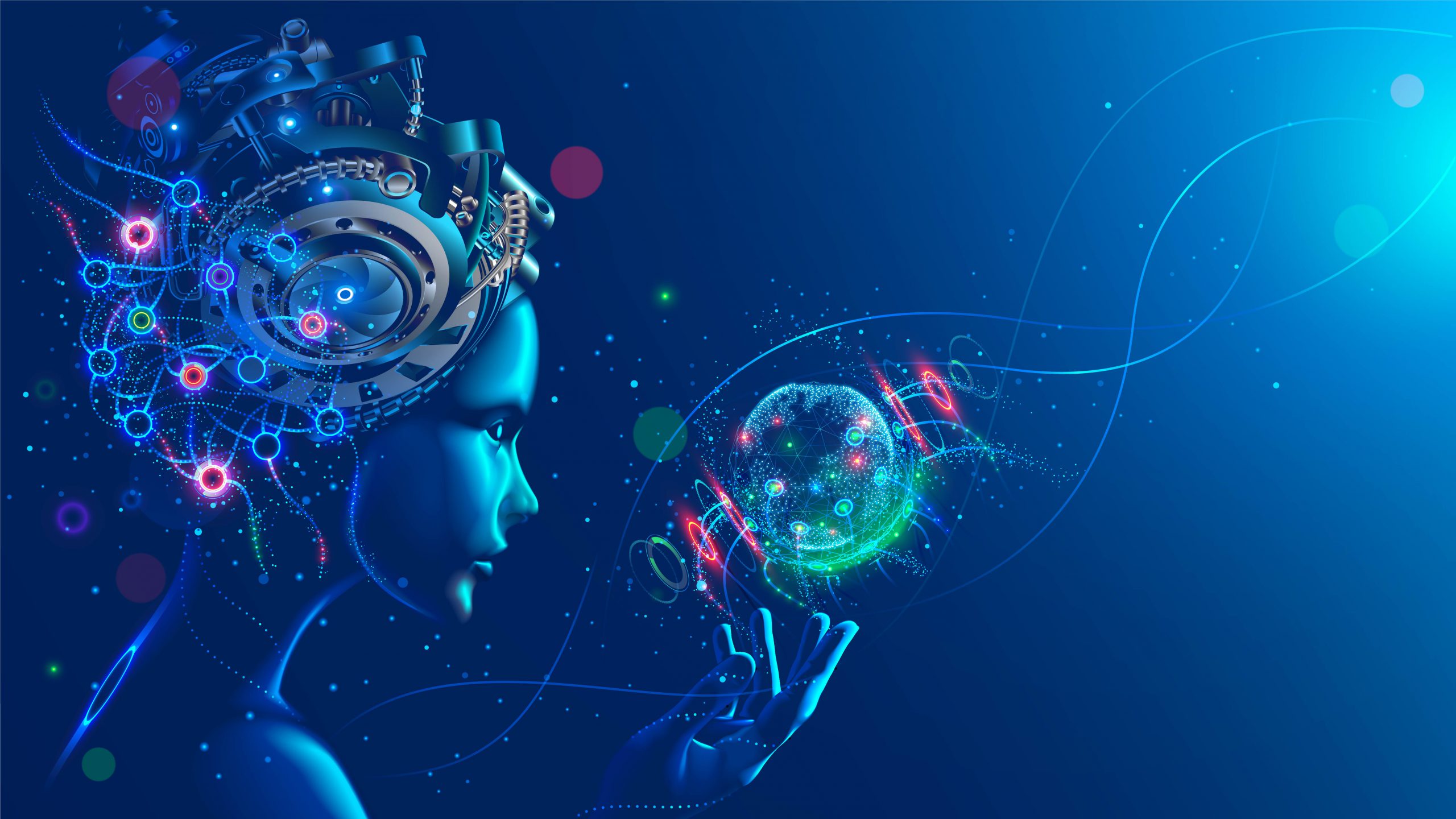Machine Translation (MT) is a process in which different computer programs are used to translate from a source language to a target language without human intervention.
Machine Translation is different from Computer Assisted Translation (CAT). In fact, in this case, is the translator himself who carries out the translation through the use of specific tools.
Machine Translation Methods
There are different methods through which Machine Translation is used and some are available online as free search engines.
Moreover, there are specific Machine translators which are used by experts in the industry of technical communication. The most used fall into these categories:
Rule-Based Machine Translation (RBTM).
This type of Machine Translation translates essentially contents on the basis of grammatical rules and bilingual dictionaries. In particular, bilingual dictionaries are used to choose the most appropriate terms from the lexical point of view in the target language. Although these translation systems are very expensive to produce, most of commercial Machine translators prefer this type of technology (ex: Yahoo) especially for the quality of the final translation obtained.
Statistical Machine Translation (SMT)
It has to do with Machine translators based on corpora of existing translations. Linguistic corpora are big databases or electronic collections of linguistic material (written or oral texts) produced in real communicative contexts (for example, newspaper articles or speech recordings). Corpora are one of the most used tools by linguists because they allow seeing words in their context of use.
Although this methodology consists in analyzing statistically corpora collected before, this technique doesn’t take into account the reference framework. For this reason, it is a major limitation to the accuracy of the translation itself. Google Translate is an example of SMT.
Hybrid Machine Translation (HMT)
Machine Translations of this type have a hybrid structure: they use together with the basic elements of translations based on rules and those of statistic translations based on corpora. The aim is to develop different translation strategies depending on the difficulties found.
Neural Machine Translation (NMT)
Neural Machine Translation is the most recent and original process of Machine Translation on the market. In fact, the Neural Machine Translation uses as a starting point a collection of artificial neural networks which work simulating the most complex processes of the human brain, resembling the logical ones. Consequently, the NMT allows the translation of longer sentences and text comprehension not only from the linguistic point of view but also from the contextual one.
Machine Translation: Pros & Cons
Machine Translation offers necessarily advantages and disadvantages compared to human translation. Surely, between the benefits, there are the speed, lower costs (in most cases it is free), and the number of target languages in which the translation can be carried out.
Between the disadvantages, instead, there are automatic mistakes, lack of consideration for the reference framework, and misunderstanding of idiomatic expressions and common saying. Language is not only verbal but also significant. For this reason, the human mind is able to grasp the original meaning of a text, giving the translated texts nuances that no computer could copy. In short, we can say that the missing element in this type of translation is just the so-called “human factor”.
The future of Machine Translation
Thus far predicting what will be the future of Machine Translation and its possible developments is not an easy task. In 2011, in an interview with the Huffington Post, Ray Kurzweil, an American inventor, and computer scientist, said that in 2029 the Machine Translation will be able to replace the job of professional translators. However, in light of what is now the state of art, it is possible to suppose that at least in the next few years this won’t happen. Surely, to face the new technologies and not to overshadow their necessity, translators will have to develop and strengthen an ever-growing number of competencies. Among these, there are extensive linguistic knowledge, writing skills, and the ability to manage translations in ever shorter time, in line with the demands of a constantly evolving market.





